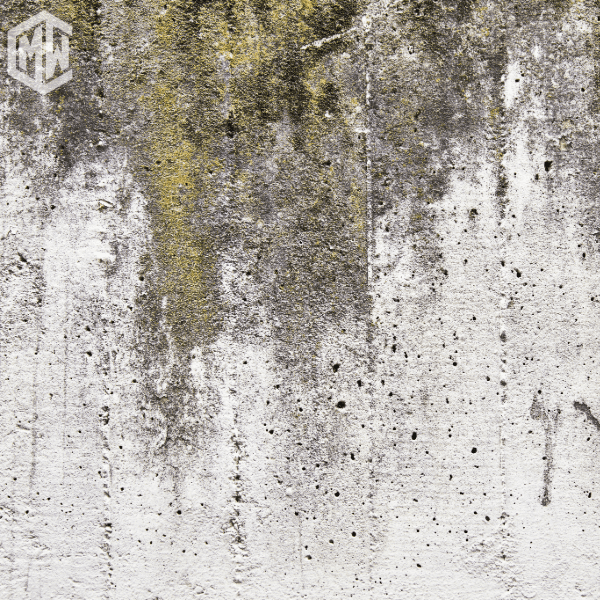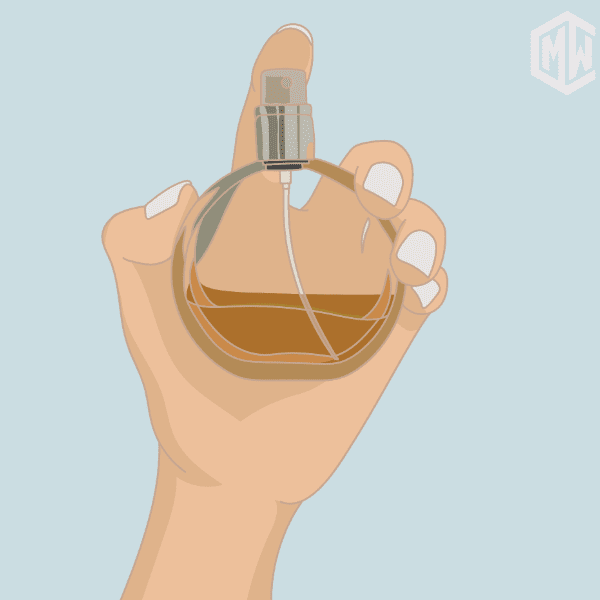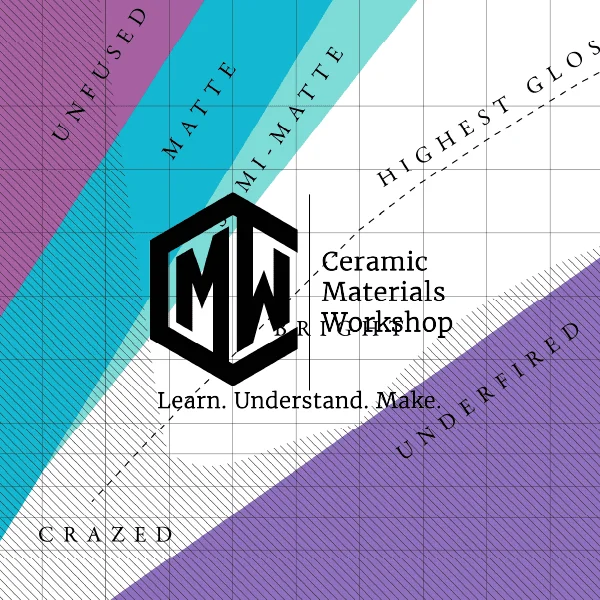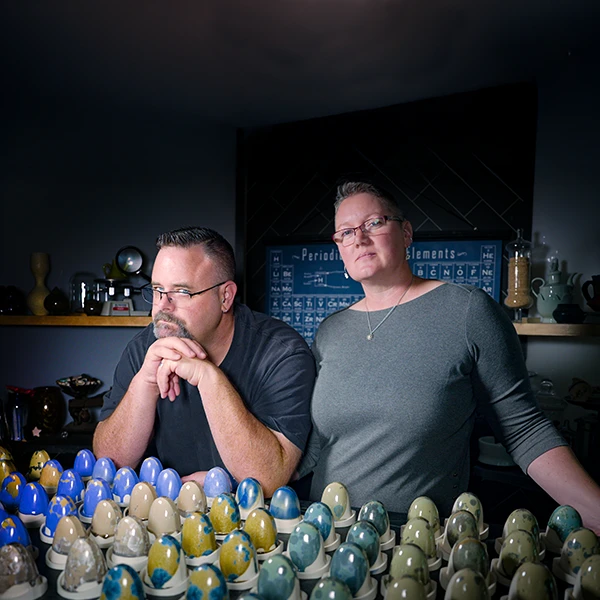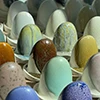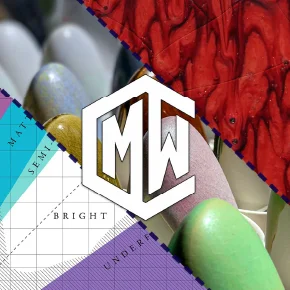In the realm of ceramics, artistry intertwines with scientific precision. The transformation from raw materials to finished artworks hinges on meticulous attention to detail.
Among the arsenal of tools residing in the ceramics studio, one instrument works behind the scenes to silently orchestrate the symphony of thermal behavior- the dilatometer.
Whoopsie-Daisy, I keep making mistakes! Read CMW’s article: Common Mistakes in Ceramics and How to Avoid Them!

As materials like ceramics, glass, or metal encounter temperature fluctuations, they undergo a dance of expansion and contraction. The dilatometer is a precision instrument that meticulously measures the changes in length of a material as it undergoes these changes.
It stands out as an important instrument for understanding what is actually happening to your clay during the firing process. Its unwavering precision and dedication to accuracy empowers ceramic artists to understand the mysteries of clay’s thermal behavior.
Imagine a miniature kiln holding a sample of clay. As the temperature ascends, the clay subtly expands, exerting pressure against a pushrod connected to a sophisticated measuring device called a linear variable differential transducer (LVDT). This intricate interplay of expansion and contraction is precisely captured by the LVDT, meticulously converting physical movements into digital signals. A vigilant computer records these signals, meticulously assembling a comprehensive dataset of thermal behavior
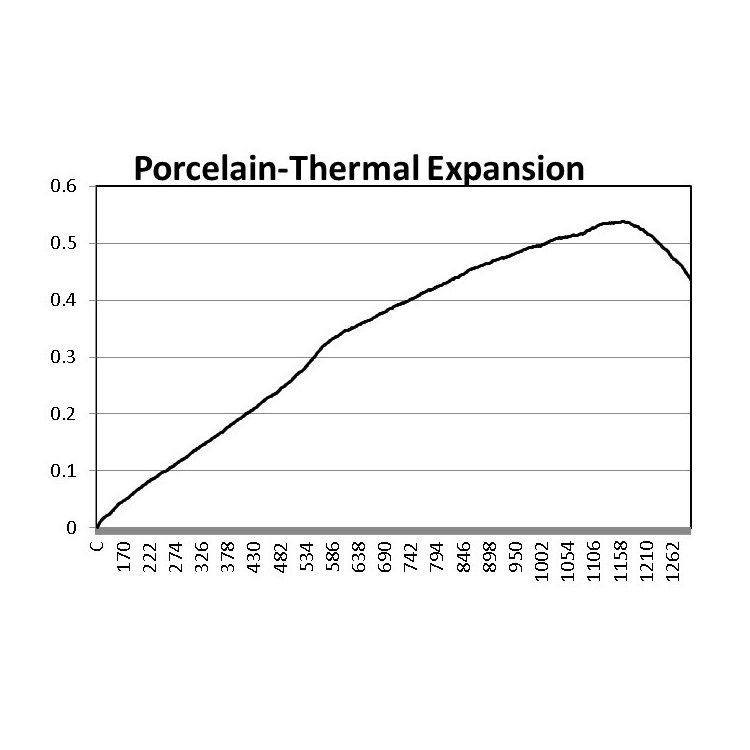
Armed with the dilatometer’s insights, ceramic artists gain profound knowledge of their chosen materials, as they understand how they respond to the fiery symphony of the kiln. (RIP Custer Feldspar) In learning how materials expand and contract with temperature changes, we can design better structures, products, and processes within our own art practice.
The dilatometer’s contributions to the ceramic arts extend far beyond mere measurement. Its unwavering precision allows artists to:
- Achieve consistent results: By understanding the thermal intricacies of different clay bodies, artists can ensure predictable outcomes and easily replicate their creative visions with remarkable consistency.
- Harmonize glazes and clay bodies: The dilatometer’s insights empower artists to match glazes to their chosen clay bodies, preventing unsightly defects like crazing or shivering.
- Troubleshoot before firing: With a deep understanding of thermal behavior, artists can anticipate potential issues, making proactive adjustments to prevent defects before they arise.
- Maintain quality control: The dilatometer serves as a guardian of quality, ensuring that every ceramic piece meets the artist’s exacting standards.
Often overlooked yet silently indispensable, the dilatometer stands as a testament to the harmonious fusion of art and science. Its precision empowers ceramic artists to transform clay into enduring works of art.
In the hands of a skilled artist, the dilatometer transcends its role as a mere tool, becoming an orchestrator of ceramic excellence and an unwavering ally in the pursuit of artistic brilliance that will endure for years to come.
Wanting more about everything Dilatometer? Read a blog from our friends at VBCC High Tempered Instruments: How a Dilatometer Works: Principles & Components
Still Curious?
CMW’s podcast, For Flux Sake, Episode 22: Does the coefficient of expansion really matter for a glaze? On this episode of For Flux Sake our hosts talk about the coefficient of expansion and its relevance for practical use when planning glazes for your studio. Hint, hint…It’s not as helpful of a measurement as you might think. They also discuss the effect of crazing on clay body strength and how to deal with glaze faults when you work in a communal studio.
Ready to dive deeper?
Loved learning about ceramic glazes? Want to go even deeper? Check out our Workshops & Courses, now available in Spanish, or YouTube Channel where Matt breaks it all down, myth-busting and Stull chart included!



